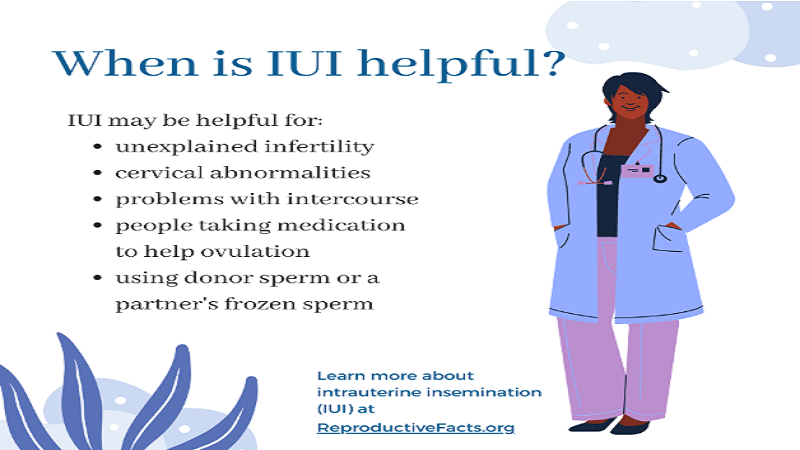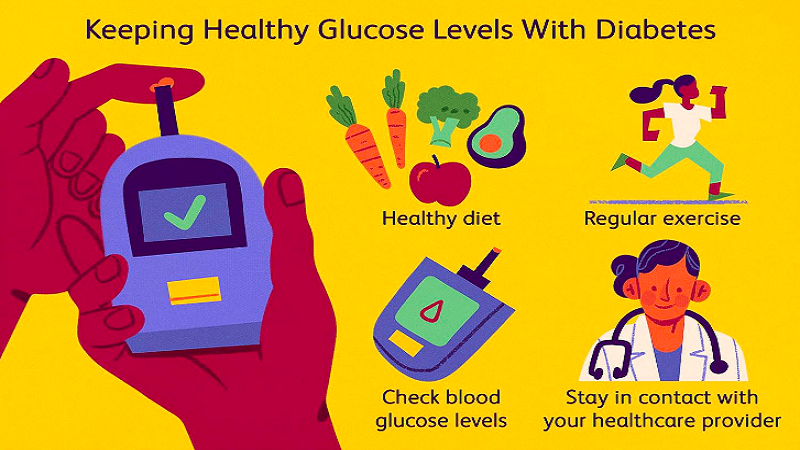Insemination is a fertility treatment for couples who are unable to achieve conception. This procedure is recommended for cases of unexplained infertility, cervical conditions like cervical mucus issues, or when scar tissue prevents sperms from entering the uterus. An FAQs About Insemination is also a viable option if the man has ejaculation dysfunction. Here are some frequently asked questions about insemination:
What Is Insemination?
The procedure is also referred to as intrauterine insemination (IUI), a minimally invasive fertility treatment that increases your chances of conception. During insemination, your doctor uses a catheter to place sperm into the uterus. The process reduces the distance that the sperm has to travel to get to the egg and helps to overcome barriers like low sperm motility and cervical mucus. Shortening the distance increases the odds of fertilization, making insemination a targeted conception approach.
Is the Procedure Right for You?
This fertility treatment is suitable for couples with unexplained infertility and those with fertility problems due to underlying health conditions. Single women who want to have a child through a sperm donor are also viable candidates for FAQs About Insemination. The treatment is not recommended for women with severe fallopian tube diseases, low ovarian reserve, tubal disease, or a history of pelvic infection. If a man has infertility issues that reduce the odds of success, your doctor will recommend other treatments.
To find out if insemination is ideal for you, schedule a consultation with a fertility specialist. The doctor will examine your ovarian reserve to determine if you have a healthy number of eggs that will allow you to become pregnant. The doctor then performs a semen analysis on the sperm donor. This step checks the sperm quality and density. If the man produces healthy sperm at a regular count, this will increase the odds of successful conception after insemination.
Is the Procedure Painful?
The procedure is not overly invasive, so it does not need anesthesia. You will feel a little cramping, similar to having a Pap smear. Some individuals experience spotting after the procedure because of irritation to the cervix lining, which goes away after a few days. You will be fit to return to your normal activities immediately but avoid strenuous exercise right after the procedure.
How Do I Time My Insemination Prodecure?
The procedure is done when you are ovulating to increase the odds of conception. Monitor your timing with at-home ovulation prediction kits and online trackers. Before FAQs About Insemination, your doctor should offer a pre-IUI workup. In the workup, the specialist checks if you are in good health and that your hormone levels are normal. The provider will also do blood tests to detect luteinizing hormone (LH), which shows whether the timing is right.
What Happens During the Procedure?
Insemination is mostly done on an outpatient basis. Your doctor evaluates you and begins to monitor your ovulation cycle. When ovulation starts, you return to your medical facility on the day of insemination with your partner. If your donor already provided a sperm sample, your doctor thaws it, and if not, they ask for a fresh sample. Your doctor then washes the sperm to remove seminal fluid or contaminations that might irritate your uterus. When the semen is ready, your provider inserts a catheter into your uterus through the vagina. They use the catheter to deposit the semen in your womb.
Book an Appointment With a Fertility Specialist
Insemination offers increased chances of successful conception for individuals who struggle to become pregnant. Consult a reputable fertility specialist today for more information about the procedure. The provider will evaluate your circumstances and determine if insemination is right for you. See More






